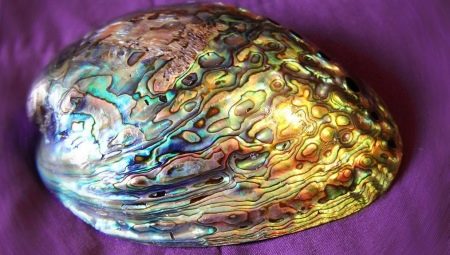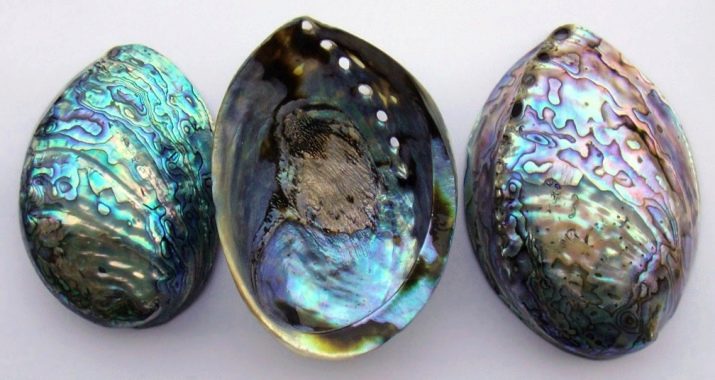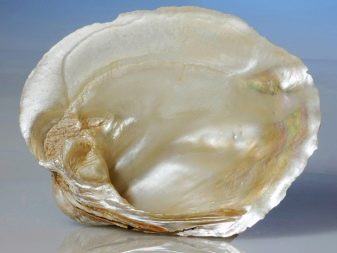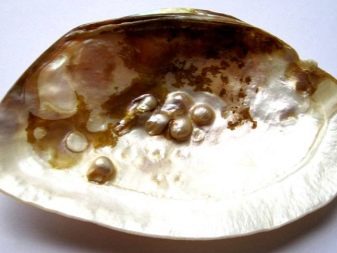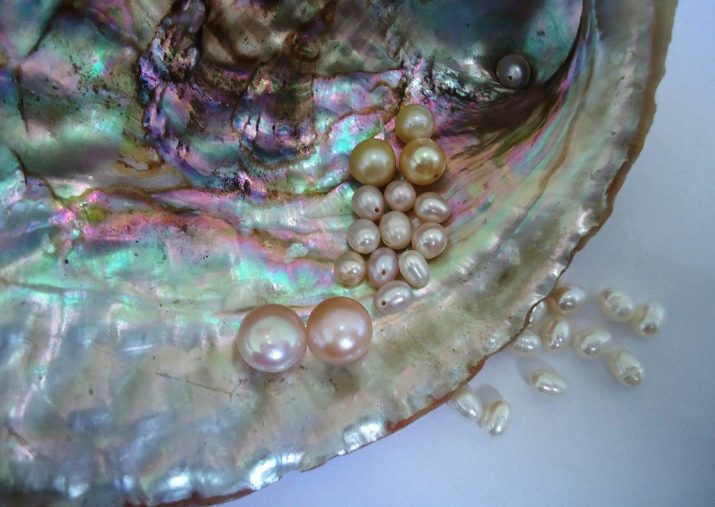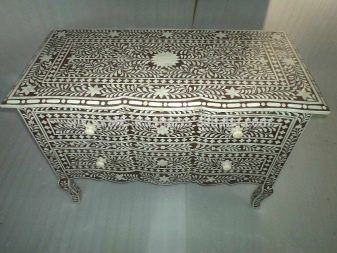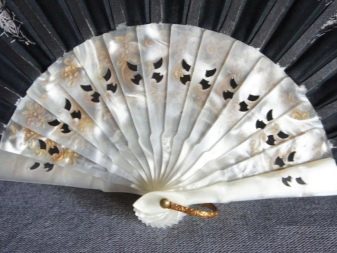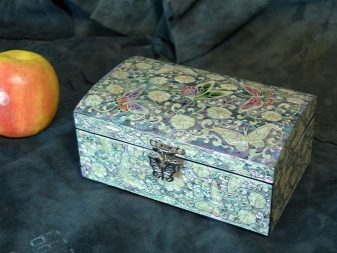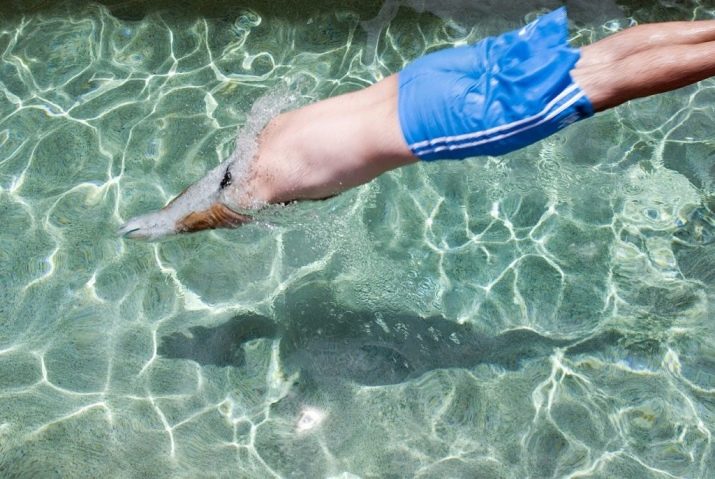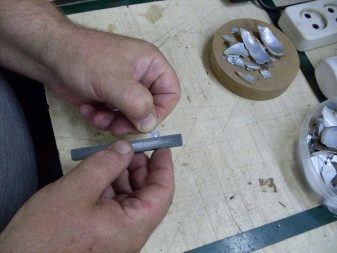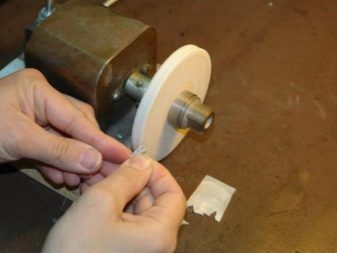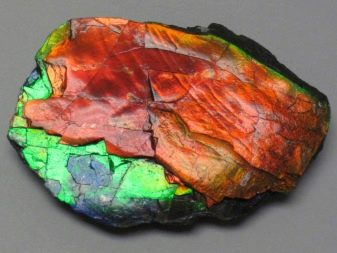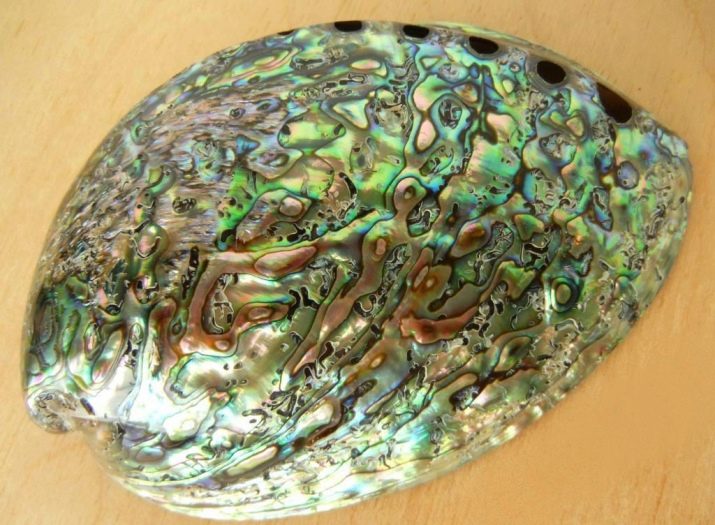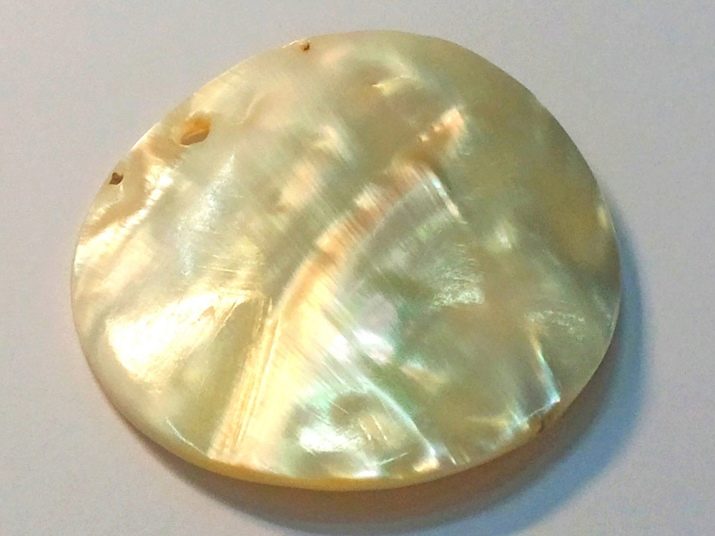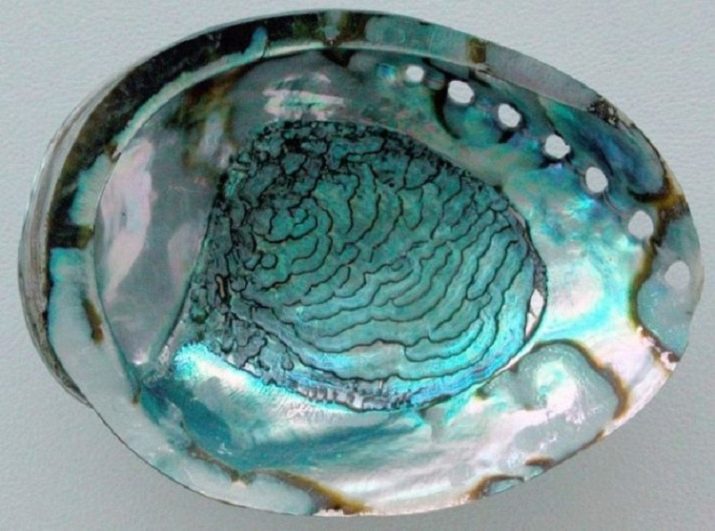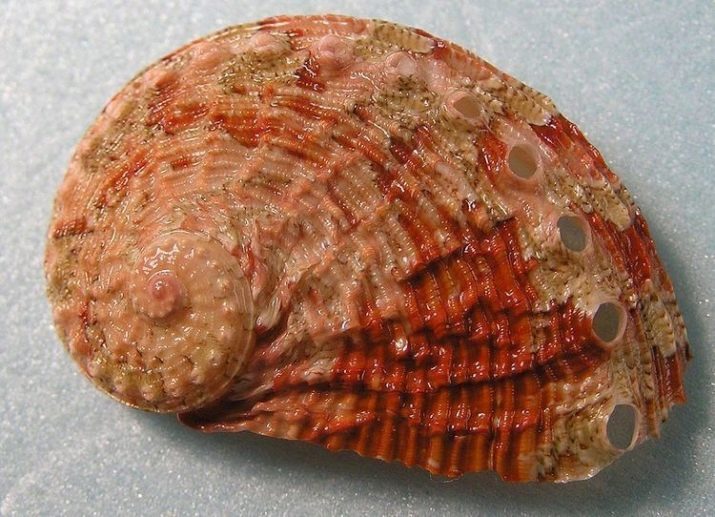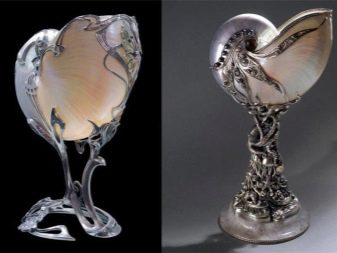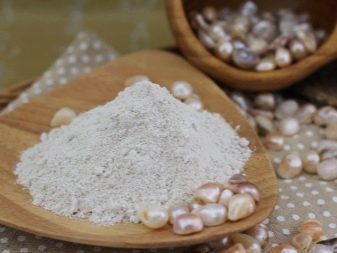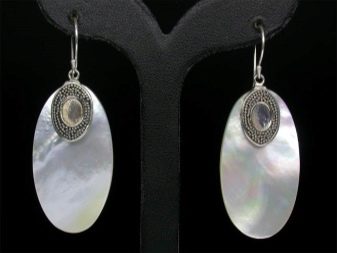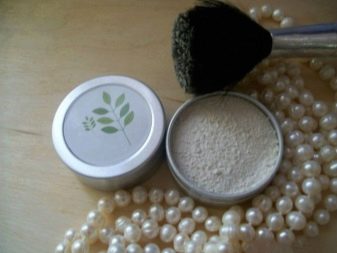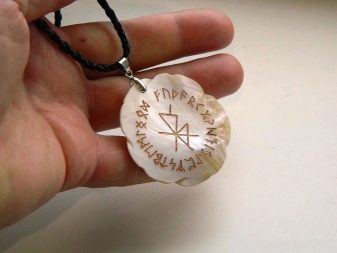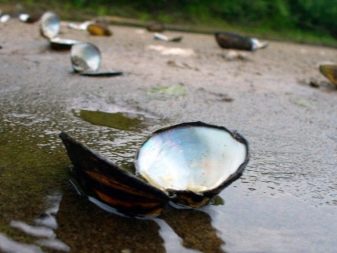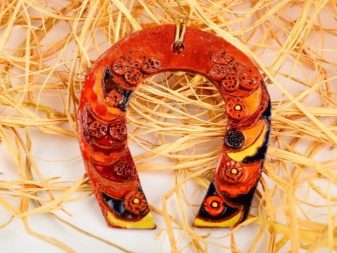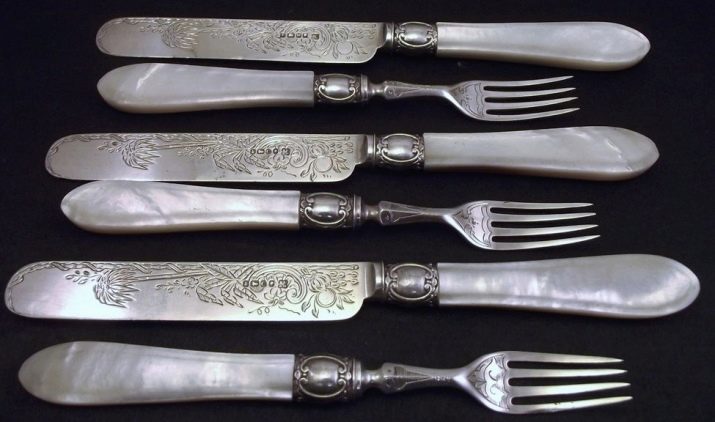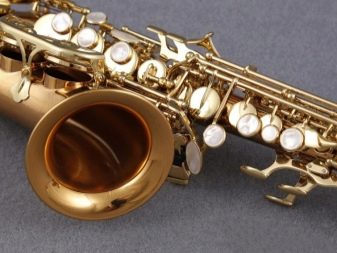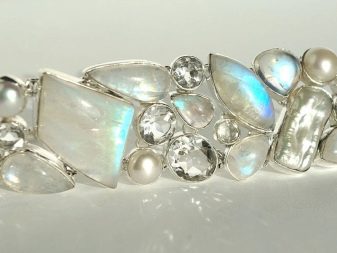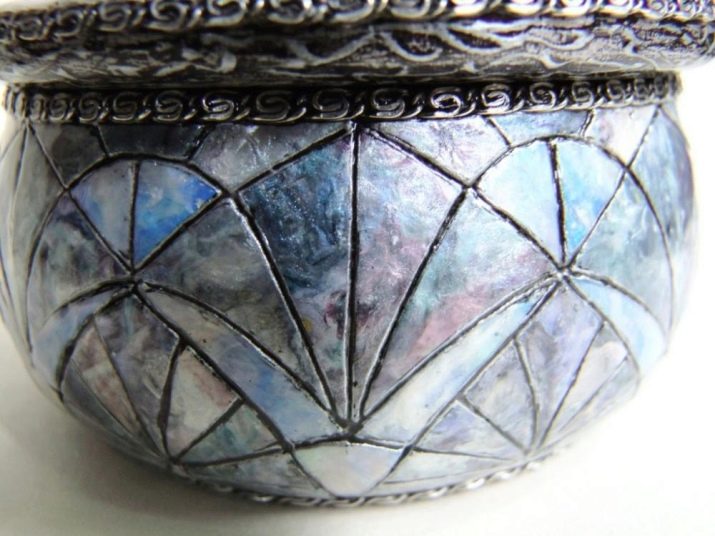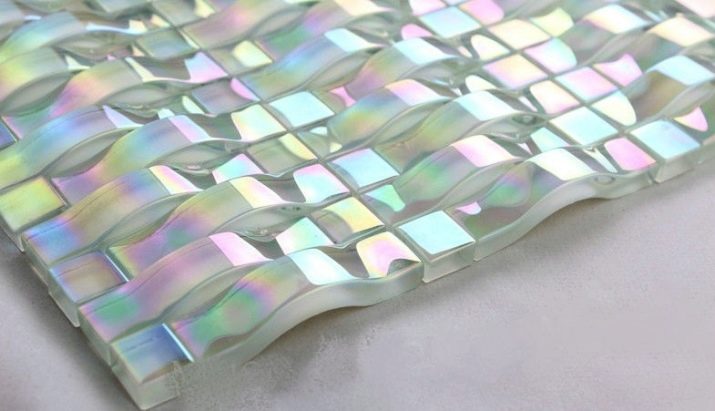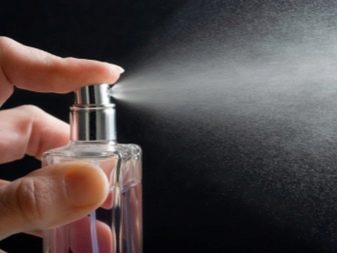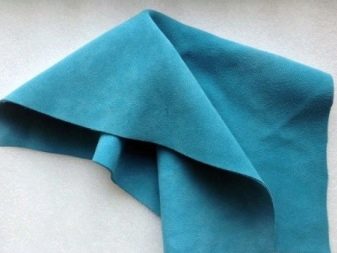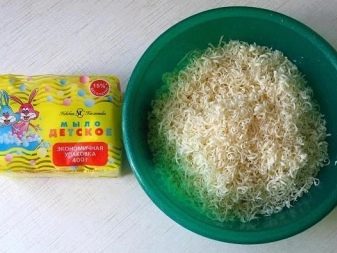It is difficult to find a person who would not have heard of nacre. Iridescent gem is highly appreciated by jewelers. Its flickering play is fascinating, and strength characteristics that are not inferior to decorative ones allow it to occupy a worthy place among the best ornamental stones.
What it is?
The description of mother-of-pearl should start with the fact that, in fact, it is not a stone. It is a strong mineral substance with an organic nature. An iridescent layer covers the inner parts of the shells of some mollusks. This is a kind of sanitary protection. It prevents the penetration of pollution and bacteria to the delicate inhabitants of the shells. It is under these conditions that pearls are created, conquering the hearts of millions of women all over the planet.
Shining biopolymer consists of lime and aragonite. The linking element is conchiolin produced by mollusks. After hardening, the substance becomes very strong and resembles chitin. The placement of microscopic aragonite scales is chaotic. Each reflects light in a special way. In this case, the light fluxes reflecting from different faces intersect each other.
Such an amazing refraction of light rays creates a magical shimmer of matter.
The sparkling mineral-organic composite looks so impressive that it is difficult to believe in its origin. Perhaps this is why many people call it a stone. The color range is extensive. This soft pastel colors, and dark rich colors. It is worthwhile to dwell on the origin of the name nacre. It was formed from the German Perlmutter. Translated word means "mother of pearls." This is fully consistent with the truth and explains the nature of the gem.
History of origin
Nacre was discovered by man long ago. Shellfish with pearls are not uncommon in warm equatorial seas. There for a long time mother-of-pearl shells were a kind of currency. As well as a flickering substance used in the manufacture of jewelry.
Beautiful things with iridescent elements were valued in ancient Egypt. For example, the mineral decorated furniture found in Tutankhamun’s tomb. In China, elite fans and other accessories of the ruling persons finished with mother-of-pearl. In the Middle Ages, resourceful merchants managed to sell pearl scales, asserting that they fell from the angel wings. In the Victorian era, the substance was considered a fashionable finishing stone.
Gem was used in the manufacture of beautiful buttons, necklaces, watches, handbags, jewelry boxes, as well as in decorating buildings.
With such a wide distribution of the mineral, its mining has always been difficult. This involved people with the skills of excellent swimmers, divers. They had to be physically fit and free from health problems. In addition, knowledge of where the mollusks live was mandatory. Centuries have passed, and the essence of the method of extracting precious shells from the sea remains the same. The legs of the diver are equipped with a load. He pulls the breadwinner to the bottom where the pearl oysters are located. A person puts them in a prepared container, unties the load and returns to the surface.
However, to get the pearl shell - this is only half the battle. After that, it is left under the sun. Ultraviolet contributes to mollusk self-destruction. Then the shining layer is cut and processed. Cutting, molding, polishing, polishing - all these stages of a mineral pass before turning into a product of amazing beauty with the help of a master. Sometimes the idea involves the maximum expressiveness of the shade, then the gem is subjected to additional processing with a solution of silver chloride. However, in most cases, leave the original color of mother of pearl.
The natural palette is so rich and expressive that it does not need to be adjusted.
Where is mined?
For many centuries, the source of mother of pearl shells was the Persian Gulf. Divers were looking for pearls that are not very common. By contrast, the nacre on the doors is always there. Amazing field discovered in the US, Oklahoma. Not so long ago, the most ancient pearl shells in the world were found there. Prehistoric mollusks are in a layer of asphalt limestone. Once he was at the bottom of the sea. The seashells are over three hundred million years old.
Petrified nacre strikes with its beauty shades. Unusual blue and greenish reflux resulted from some natural chemical processes. There are also pink minerals there. And also precious shells are mined in the Red Sea, off the coast of Japan. Cluster of shining "treasures" are observed in the Philippine Islands. There are they in Borneo and Ceylon.
Kinds
There are several varieties of nacre. They differ in shades that depend on the type of mollusks that they produce.
- Haliotis. The mollusks of this species inhabit the Pacific Ocean. Such minerals have violet, blue-green, red, gold and even black shades. The most valuable specimens are painted in pink and blue tones.
- Manilla The nacre of such mollusks is exclusively pearl white. Mining is conducted in India.
- Cassis This mineral is highlighted in a unique blue color. It can be found off the coast of India and Brazil.
Separately it is necessary to allocate the nacre from the shells of mollusk, which has the name "abalone". Fiery red and luxurious brown tones are amazing.
Properties
Physical
Mother of pearl is a rather soft material. It is perfectly treatable, but requires careful handling. The Mohs hardness index is 4.5, while the mineral is highly durable. This allows it to be used in the production of various decorative items. They turn out not only beautiful, but also durable.
Medicinal
In ancient times, mother-of-pearl was attributed to powerful healing qualities. It was often worn by pregnant women. They were confident that this contributes to easy childbirth. It was also believed that the shimmering glitter increases the chance of the birth of a girl. In the Middle Ages, wealthy people often acquired pearl cups. The stone was supposed to enrich the liquid with healing power. Drinking from such a vessel, the person seemed to receive excellent health, got rid of diseases, prolonged his life.
Ancient doctors tried to treat all sorts of ailments with a rainbow powder. In the 17th century, the “pearl essence” gained particular popularity. A mixture of pearl and pearl powders was used for fainting, poisoning, heart and other diseases. Today, lithotherapy also does not exclude the positive influence of the mineral on the human condition.
It is believed that its energy helps to recover from diseases, improves tone and mood.
If a woman has a problem with her hearing, she is offered pearl earrings. If the throat is often sore, there is a disease of the lungs or the heart, a necklace or pendant with a beautiful gem can be a great addition to the traditional treatment. Stone bracelets are recommended by lithotherapists to those who are concerned about the condition of the joints. Sometimes pearl powder is used in cosmetology. It is believed that the cream helps to get rid of age spots and even out skin tone.
Magical
Astrologers also attach great importance to the gem. Its magical properties are associated with organic origin. In antiquity in the East, mother-of-pearl amulets depicting gods and various significant symbols were designed to protect the house from evil forces. The sailors kept a shell with them in the hope that it would give them a good way in good weather conditions. Today, energy gems assign the ability to maintain peace and harmony in the family. This is explained by the fact that the shells in which the mother of pearl is located symbolize the birth of something new. It is in some sense a family nest.
If the marriage started having problems, you should decorate the house with pearl amulet. Gradually, the quarrels will subside, relations will improve. If the family is happy, the iridescent object will save it from the evil eye, lovers and unkind gossip. And also some notice that the gem improves the financial situation, contributes to stability. If a person has not yet acquired his own family, the gem will give him confidence in himself and help uncover positive qualities. It is also worth noting that mother-of-pearl accessories are one of the few jewels that children can wear.
The purity of the “living” essence of the mineral is perfectly combined with the innocence of a child’s aura.
Using
Today in museums you can see a lot of luxurious items decorated with mother of pearl. These are jewelry, weapons, boxes, church things and household items. Many of them can rightly be called works of art. Pearlescent items are found in modern stores. For example, gourmets can please themselves with spoons with a special coating. These cutlery designed for tasting caviar. It is believed that in contact with the metal delicacy loses its true great taste. Mother of pearl layer eliminates this possibility.
Often the mineral is used to finish musical instruments. These are pianos intended for performances, saxophones, violins. Interior decoration in this way today has not lost its relevance. Special technology allows you to create a mosaic of extraordinary beauty with a base of ceramics, marble, glass and so on. Designers use mother-of-pearl decor to decorate ceremonial halls, theaters, chic restaurants.
Gem jewelery was once the height of luxury. But today it is used to create original masterpieces. Especially good combinations of nacre with silver and various natural stones. Harmoniously with a rainbow mineral look pearls and coral. It is effectively complemented by turquoise, malachite, agate.
Some masters boldly combine treasure from the bottom of the sea with emeralds, diamonds, sapphires.
Who is suitable?
Astrologers believe that the iridescent stone is universal. There are no restrictions on wearing jewelry with it. There are only representatives of the sign Gemini. It is believed that the dual nature of such personalities will not allow the mineral to display healing and magical properties.
Especially the proximity of the gem is recommended Aquarius and Pisces. People born under the first sign, he will help in his career. Representatives of the second mark will be able to enlist his support in controversial situations. Both the one and the other pearl shine will give good luck, inspiration, harmonious relationships. It will support them in difficult situations, promote optimism and vigor.
How to distinguish from fakes?
Imitation nacre is not uncommon. Usually plastic is used for this. The desired shade and shimmer is given to the polymer by applying paint using a special technology. Defining a fake is easy. It should be only slightly hold the sharp end of the needle on the suspicious object. If it is a natural surface, it will remain intact. If imitation is in front of you, there will be a scratch on it.
Sometimes glass is used to create the pearl effect. In this case, its back side is covered with mother-of-pearl varnish. Usually, on closer examination, the trick is obvious. And you can also define a fake by touch.
Unlike a wavy mineral, the glass surface is ideally even.
In 2012, an amazing event occurred. It was officially announced the creation of artificial mother of pearl of the highest class. Thanks to nanotechnology, UK scientists have recreated the perfect imitation. It is almost impossible to distinguish from the original. The secret lies in the fact that not only the appearance but also the structure of the mineral is recreated. Due to this, radiant modulations are obtained as natural as possible.
Two years later, another scientific breakthrough occurred. There was a "pearl" glass, which is impossible to break. The strength of a new material is 200 times higher than that of a conventional equivalent. This was achieved due to the laser creation of the undulating smallest scales that make up the new material. The structure, similar to the natural structure of the iridescent gem, provides not only strength, but also lightness. This discovery prompted experts to new ideas.
Perhaps in the future, such composites will be able to reduce the weight of aircraft, as well as serve as the basis for improving many of the structures that are important to people.
Care rules
Pearl care products do not differ from pearl care. Access to the mineral in direct sunlight should be excluded. Because of the ultraviolet, it collapses. And also you should not have nacre near sources of heat. He does not like dryness. Atmosphere with low humidity can lead to the fact that the appearance of the stone will be spoiled by cracks formed on it.
The important point is the personal care of the bearer of the decoration. Human sweat contains acids. In contact with them, the mineral becomes yellow and dull. Cosmetics in the form of creams and deodorants can also harm him. Avoid spraying perfume.
Clean the sea treasure at home is easy. The main thing is to know the basic rules. It is strictly forbidden to use abrasive and alcohol-containing compounds. Do not use detergents with dyes or other foreign matter.
On sale there are special nets. They are made of soft microfiber and are designed to clean pearl products. Replace such a device can be a piece of suede, while you can use only clean drinking water (chlorine can adversely affect the stone). If the item is contaminated, dilute starch in water in small quantities.
It is allowed to use a weak solution of baby soap.
Important! If you follow all the instructions for the care of the gem, but its appearance deteriorates, perhaps there is another reason. An improperly chosen frame (made of nickel or copper) can spoil the mineral.
For mother of pearl, see the video below.
